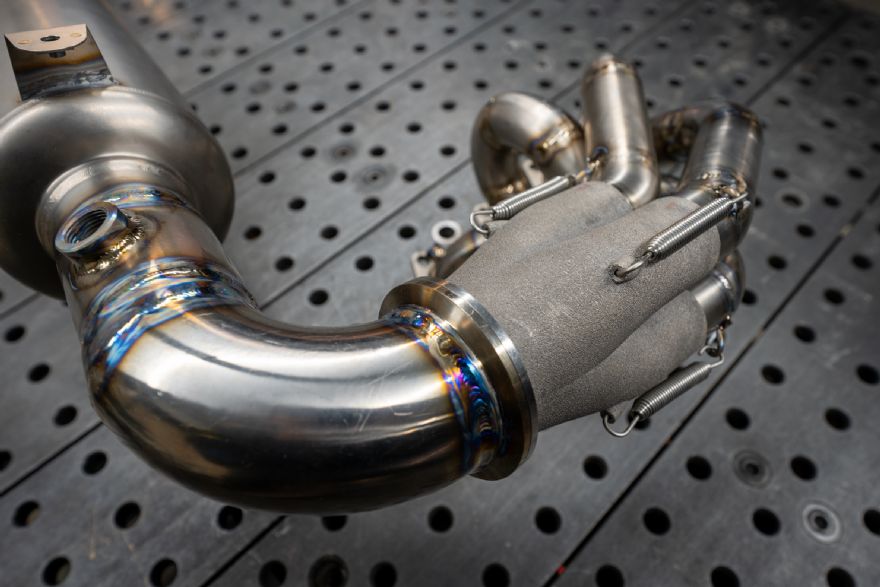
Formula SAE — a student design competition organised by
SAE International (a global professional association and standards organisation based in Pennsylvania, USA) — is an annual ‘engineering education’ competition that requires demonstrations of race vehicles in a series of events, both off track and on track against the clock. It requires each team to design, build, and race a car with an internal combustion engine — all within the academic year and with limited resources.
Samuel McCarthy, a student at the
University of Southern California (USC) and ‘suspension lead’ for
USC Racing — Formula SAE Team, recounts how the NeuBeam additive manufacturing (AM) process from Huddersfield-based
Wayland Additive Ltd delivered an effective solution for a complex titanium part that is difficult to manufacture using traditional methods and has not been possible with AM — until now.
“The exhaust collector is the part that joins each cylinder’s exhaust into one stream. It is a complex part with a series of connected tubes that directly affects engine efficiency and performance and for which the design considerations relate to performance versus manufacturing difficulty. Achieving optimal performance is not generally possible with traditional methods, such as welding, and there is always a trade-off between the two, but by using Wayland’s NeuBeam AM process, we have been able to minimise the trade-off and get the best of both worlds.
“Manufacturing the USC Racing exhaust collector would traditionally require welding nine custom coped titanium tubes with a 1mm wall thickness. Cut by hand and following complex contours results in compromised angles — and five of the nine would need stretching to size. Getting all nine to fit together with minimal gaps takes many, many hours by a highly skilled fabricator, and even then, there is still margin for error. Moreover, a fabricated collector can compound available space problems.”
This exhaust collector project began when members of the USC team approached Wayland at Rapid TCT in August 2024 seeking a collaborative relationship. Subsequent discussion led to a collaborative design and some test pieces ahead of producing the final part.
Mr McCarthy continued: “The ability to produce a complex part of this nature in titanium and with the low thermal stresses was fundamental for our application. The heat cycles encountered and a high vibratory environment could fracture a DMLS part, but NeuBeam’s low residual stress and minimal post-processing were key advantages for this demanding application — plus the process considerably reduced the post-processing steps required for the exhaust collector, although some machining was required.”